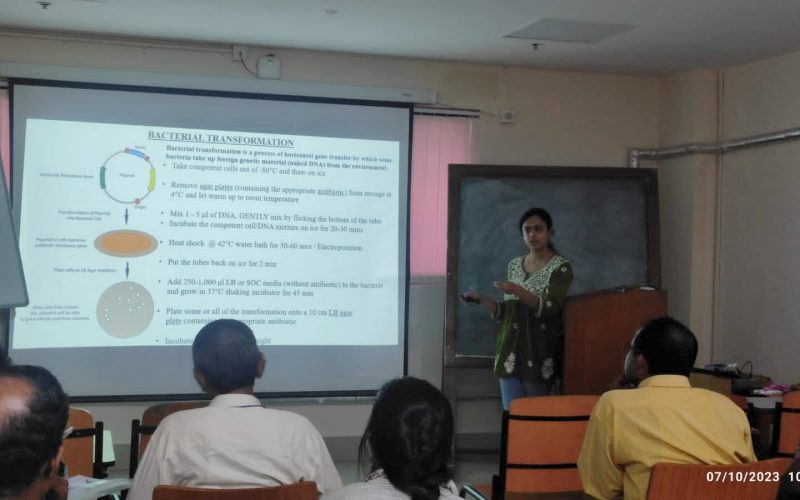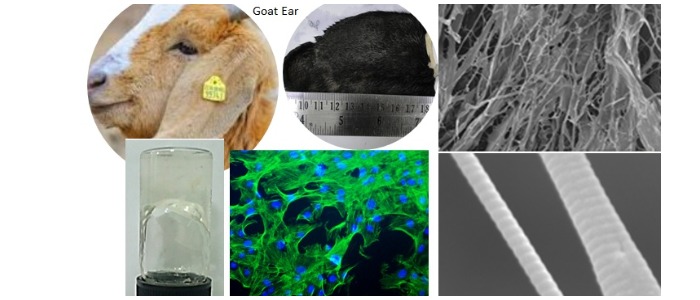
Empowering Educators and Fostering Scientific Growth on Molecular Biology in Rural Areas
Rural Science Education Training Utility Program (RuSETUP) Workshop on Molecular Biology Techniques in Rural Areas In the pursuit of promoting basic scientific knowledge in molecular biology and enhancing the educational landscape in rural West Bengal, India, a workshop on, "Basic Training on Molecular Biology Techniques for College Teachers in Rural Areas" was successfully conducted on the 6th and 7th of October 2023 jointly by School of Medical Science and Technology (SMST), IIT Kharagpur and Indian National Young Academy of Science (INYAS) under the banner of INYAS' flagship event "Rural Science Education Training Utility Program' (RuSETUP). This endeavor was led by…




